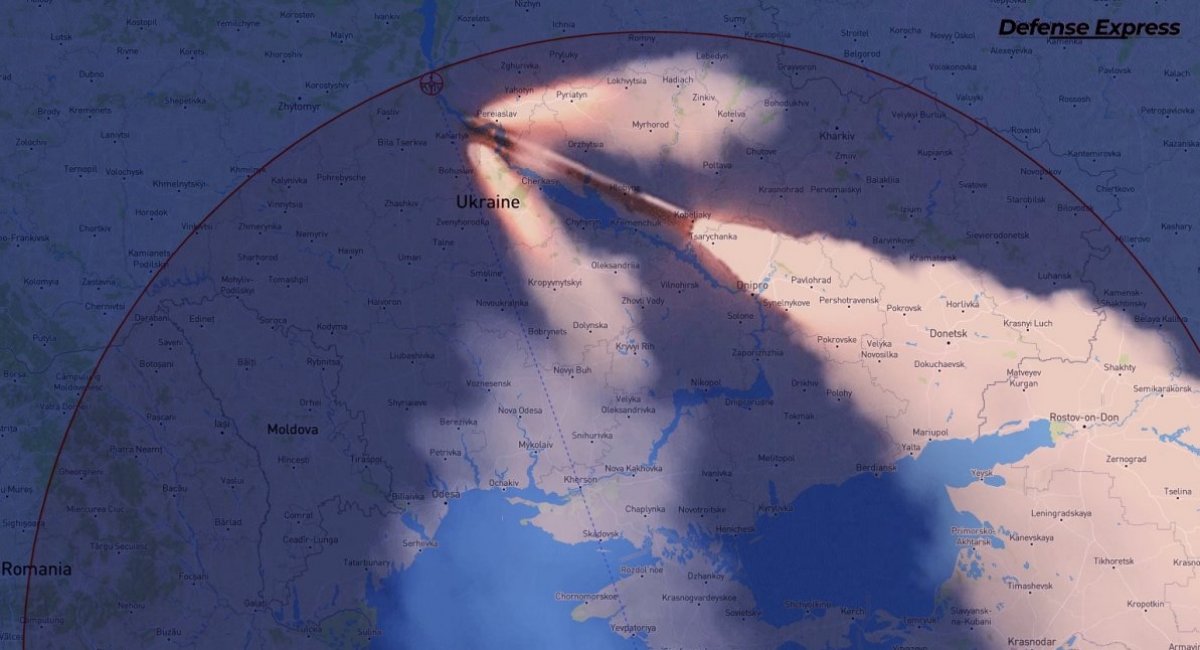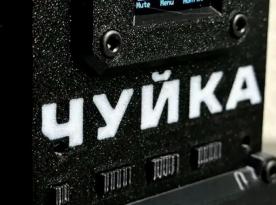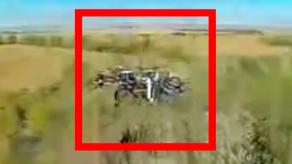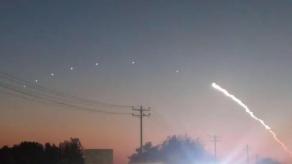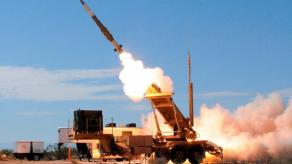Following russia’s recent failed missile strike on Kyiv using the 3M22 Zircon missiles, there has been widespread speculation online regarding its flight time. Some sources claim that it can reach the capital in 3 minutes and Odesa in just 1 minute. However, these calculations are not grounded in reality.
The Zircon missile boasts a speed of 9,000 km/h, likely sourced from Defense Express, which initially reported the missile’s hypersonic capabilities. This speed is derived from converting its stated speed of 7.5 Mach, which is a temporary short-term speed during its dive towards the target. The sustained cruising speed is around 5.5 Mach. Without delving too deeply into the physics, Mach numbers (representing the speed of sound) vary with altitude. For instance, near the ground, Mach 1 is about 1,225 km/h, while at 10 km altitude, it’s approximately 1,078 km/h. These figures are not linear due to environmental factors; for instance, at 30 km altitude, Mach 1 is about 1,086 km/h, and at 40 km, it’s around 1,142 km/h.
Read more: The ZM22 Zircon Missile: Hypersonic and Superior to the Kinzhal; Speeds and Engine Details Revealed
Roughly speaking, 7.5 Mach equates to roughly 9,000 km/h, as commonly circulated in media. However, the sustained cruising speed of the Zircon missile is 5.5 Mach, which at a hypothetical 30 km altitude translates to about 5,973 km/h.

For example, using basic math, an attack on Kyiv would take about 7 minutes if launched from Object-100 system near Sevastopol or around 6 minutes if launched from Cape Tarkhankut using a modernized Bastion system. However, this oversimplified view overlooks the intricacies of missile trajectories.
Missiles follow a specific path: they ascend to a significant height, accelerate, begin descent and then rapidly approach the ground. Even if we imagine a simplistic scenario where an object travels at a constant speed along a parabolic trajectory, it becomes evident that the actual flight distance along the curved path will be longer than a straight-line distance.
Calculating flight time requires precise data on the missile’s parameters, speed, altitude, trajectory and maneuvering capabilities. Furthermore, the Zircon missile follows an aeroballistic trajectory, complicating accurate flight time predictions.
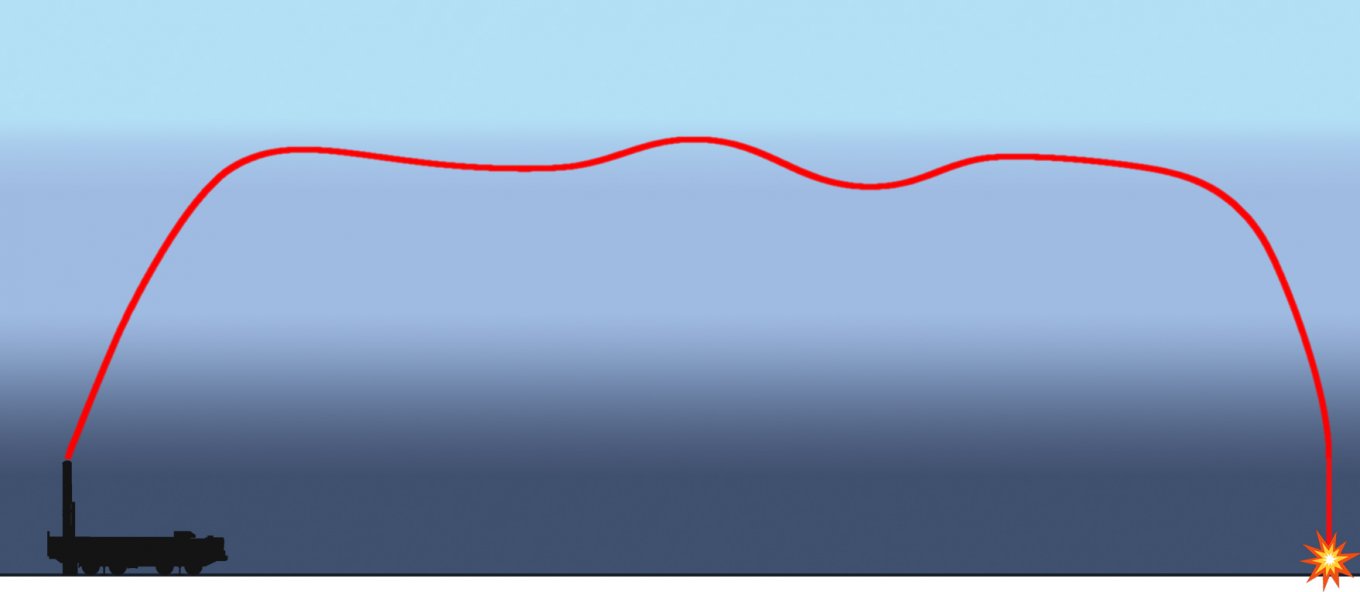
Given these complexities, it’s challenging to determine the Zircon missile’s exact flight time to specific Ukrainian cities. More crucial is the detection and response time to a missile launch, highlighting the urgency of developing effective threat detection and warning systems.
Read more: Ukrainian Forces Down Two russian Zircon missiles, the Debris Will Reveal a Lot of Information (Photo)




